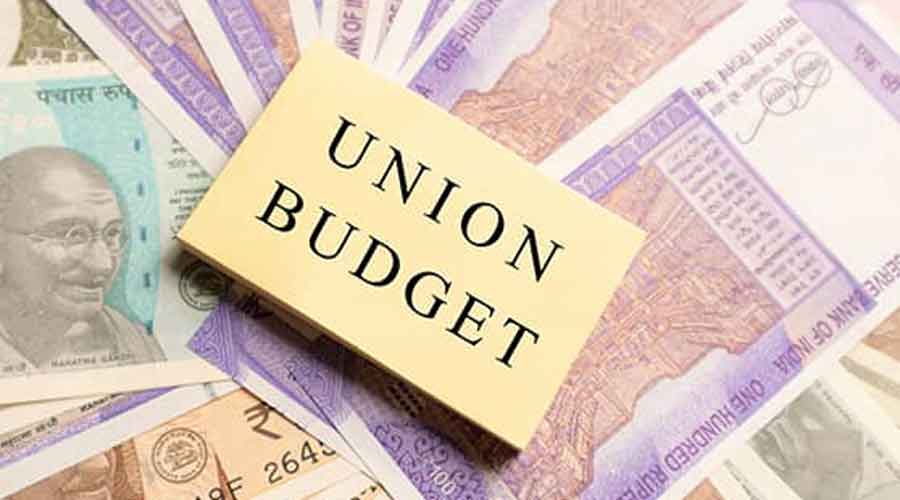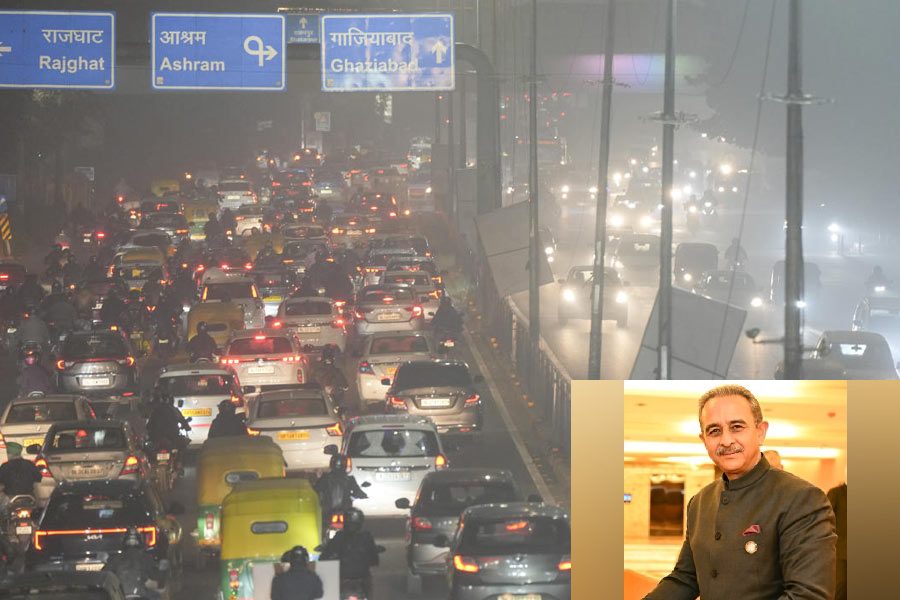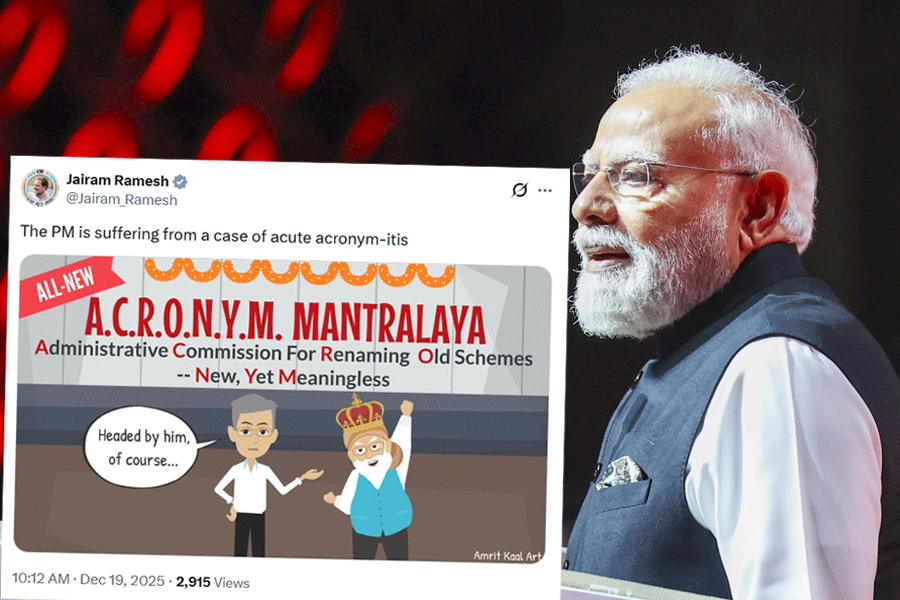Between the populist versus pragmatic, the budget appears to be more pragmatic, while at the same time focusing on medium-term issues as well as processes.
The budget has focused on seven priorities that will lead the Indian economy to Amrit Kal — when India becomes a developed nation and also move towards our commitment of achieving SDGs as well as net zero targets by 2070.
The seven areas are inclusive development, reaching the last mile, infrastructure and investments, unleashing the potential, green growth, youth power and the financial sector.
These seven issues are complementary and ultimately help in addressing the longterm issue of improving productivity for all the factors.
The finance minister’s speech is heavily focused on inclusiveness that includes inclusiveness of people (especially tribals), regions (aspirational districts and blocks), and infrastructure (digital as well as finance).
While the budget heavily focuses on growth through enhanced allocation towards government capital expenditure towards infrastructure development and creating other capital assets, there could be some criticism with regard to declining allocation to some of the sectors (such as agriculture and rural development) and some flagship programs such as MGNREGS and PM-KISAN.
However, as seen between BE and RE of 2022-23, it is important to note that government has space to allocate more expenditures towards such schemes as part of the supplementary grants, especially to demand-driven schemes. More concern is also on the increasing number of schemes, which are at 185.
While the medium-term fiscal policy is aimed at focusing on the rationalisation of schemes, the actual trend appears to be otherwise, thus, posing hurdles for fiscal sustainability.
On the macro front, one dilemma that is emerging from the budget is in order to sustain the growth recovery, is it the consumption or savings that matters most? It appears that, as there are limitations in the external demand due to recessionary fears, the budget seems to have laid emphasis on domestic consumption. And it has taken the direct taxes route by rejigging the tax rates and tax slabs. Although there are ambiguities with regard to the old and new tax systems, reducing the slabs to five instead of six and increasing the rebate to Rs 7 lakh should lead to an increase in the disposable incomes of the middle class by Rs 35,000 crore.
Added to that the discontinuation of tax savings instruments under the new tax regime means that these proposals could trigger domestic consumption and, hence, are expected to revive private investments.
However, discouraging savings policies could tighten the money market, which is already in tight conditions. And this could hamper finances not only for private investments but also financing government deficits.
A 5.9 per cent fiscal deficit at the Centre plus about 3.5 percent at states together could leave limited resources for private investments.
Else, one may have to depend on foreign savings, which could be risky, especially when the current account deficit is already at an unsustainable level of 3.3 per cent in the current year.
In the financial sector, various policies were highlighted to help improve five aspects: inclusion, scale, speed, access and participation.
This included measures such as enhancing the allocation of MSMEs through a credit guarantee scheme, focusing on data infrastructure. Gladly, the budget doesn’t talk about the privatisation of public sector banks as it promised in the last budget and appears to realise the role public sector banks have been playing in enhancing access as well as improving digital infrastructure.
This budget broadly succeeded in managing both growth as well as development aspirations and also balancing the short-term and medium/long-term issues without sacrificing much towards populism, especially being the last one before the next general election.
N.R. Bhanumurthy is vice-chancellor of Dr BR Ambedkar School of Economics University, Bangalore











